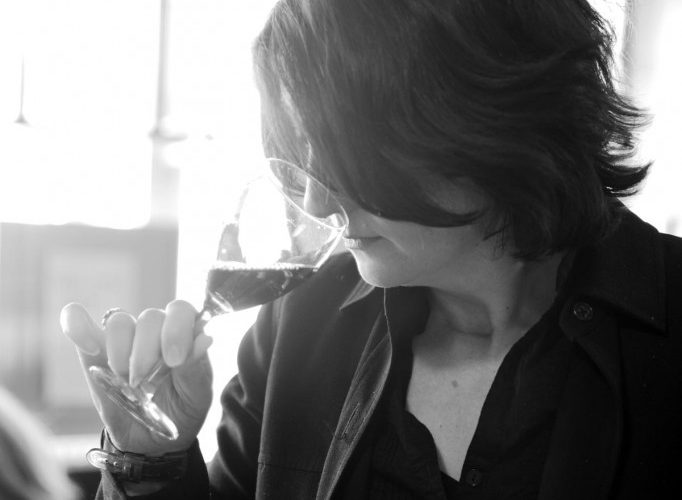Store and sniff wines at home like a sommelier. By Brandy Rand
With a title like Chief Libation Officer, Julie Vinette from Haley’s Wines & Market Cafe in Marblehead knows a thing or two about the art of the drink. And when it comes to storing wine at home, Vinette offers an easy rule of thumb: “All wines should be stored in a dark, cool place ideally around 50 to 60 degrees. In our home, we have some special wines in our cool basement and the everyday sippers upstairs in a cool pantry where we can get to them. Oh, and don’t forget to lay down those wines you are saving so the cork stays moist,” she says. The worst place for wine storage is a space that’s exposed to heat (on top of the refrigerator) and sun (windowsill).
If you’re not sure whether your wine tastes right, Vinette says the nose knows. “Upon opening a bottle, pour one to two ounces in your glass, and swirl to aerate. If the wine has a pronounced musty smell (think of a damp cellar), it’s probably corked (a term used to describe wine that’s gone bad). Check the wine again in a few minutes-sometimes, initial mustiness dissipates. Wine that is affected by excessive heat can come off as being fizzy, like apple cider that is too old. Don’t drink that one either!” haleyswine.com
*Pro tip: For collectors, Vinette recommends cellaring 2010 Beaux Frères Willamette Valley Pinot Noir, 2007 Hendry Napa Valley Cabernet Sauvignon, and Cristom 2008 Jessie Vineyard Pinot Noir, all small vineyard wines that are guaranteed to get better with age.

